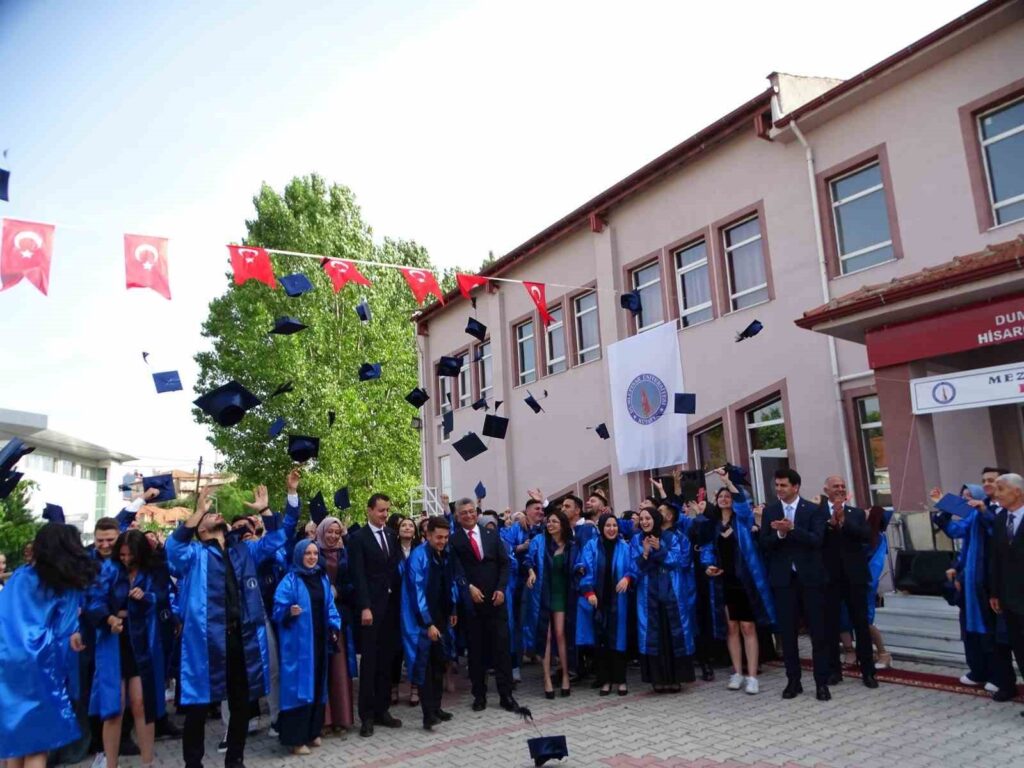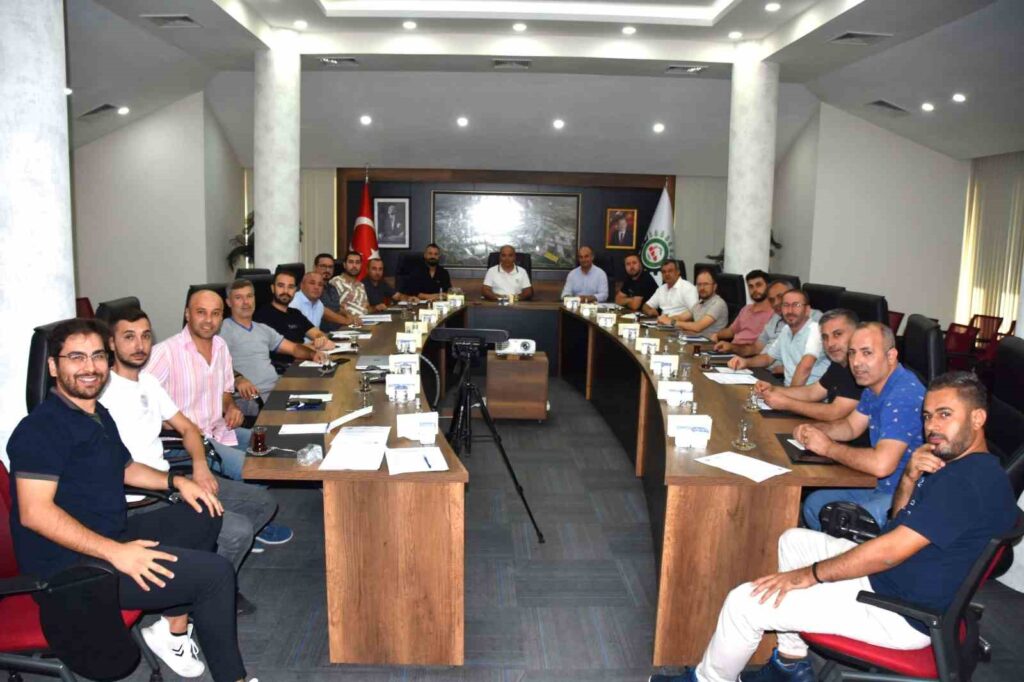Con el teatro de la mente, el espectador se siente dentro del juego
Ömer Yılmaz, who graduated as the top student from the Department of English Translation and Interpretation at the Faculty of Humanities and Social Sciences, attracts attention not only with his academic success but also with his mind theater project. Yılmaz, who was once very popular…

Ömer Yılmaz, who graduated as the top student from the Department of English Translation and Interpreting at the Faculty of Humanities and Social Sciences, stands out with his academic success as well as the mind theater project he developed. Yılmaz revived the once very popular radio theater with new technologies. Through the project, which can also be called ‘mind theater,’ the listener feels like a part of the play inside the radio theater thanks to technologies like spatial sound. It is possible to listen to mind theaters via social media.
Ömer Yılmaz, who graduated as the top student from the Department of English Translation and Interpreting at Istanbul Atlas University Faculty of Humanities and Social Sciences, received his diploma. Yılmaz, who made a name for himself with a project he developed as well as his academic success, brought to life the ‘mind theater’ where the listener feels like a part of the play.
Project idea born during the pandemic
Ömer Yılmaz, who is visually impaired, stated that the idea for the project was born coincidentally during the pandemic when he listened to a series called ‘We’re Alive.’ Yılmaz said, ‘I used to perceive radio theaters as old recorded works from the 80s and 90s, so it didn’t interest me much. Until I coincidentally came across a series called We’re Alive during the pandemic, which led me into this field. Exams were postponed due to the pandemic when I was in my first year at university. I finished the series by spending mornings and evenings. It caught my interest a lot, and I researched if we have such works. Besides a few examples, I couldn’t find satisfying works, so I rolled up my sleeves and thought why not.’
It is possible to listen to the games via social media
Ömer Yılmaz mentioned to the Head of the Department of English Translation and Interpreting, Associate Professor Dr. Şirin Tufan, about his project. Yılmaz said, ‘Dr. Tufan liked the project. Since I couldn’t find student friends to participate in my project during the pandemic, I completed the project on my own. Initially, a channel called Omnitiyatro, appealing to the general audience, was formed within the project. After the project, I met my current team members Faruk Başol and Murat Oğru, and we started producing works in the horror, thriller, and fantasy genres. These games can also be accessed via social media. So far, we have released a total of 6 mind theaters. Faruk Başol writes the scripts of the games, and I, along with Murat Oğru, direct them. I also do the sound design.’
Ömer Yılmaz stated that they achieved significant success with the project, saying, ‘When we share the project, we rank in the top 50 in podcast rankings nationwide, and generally within the top three in the fiction and drama categories.’
The listener feels like a part of the game
Yılmaz stated that the aim of the mind theater is for the listener to feel like a part of the game, saying, ‘Regardless of where the listener is, the aim is for the listener to visualize the events they hear in their mind using elements such as sound effects, dialogues, music, and spatial sound. In the mind theater, the aim is to make the listener create a unique world in their mind by visualizing elements such as the setting and characters of the events and to give them the feeling of being a part of the story at that moment.’
3D spatial sound technology was used
Yılmaz stated that they utilized 3D spatial sound technology in the mind theater, saying, ‘This technology is used to accurately perceive the source of sound or where the sound is coming from and to provide the listener with a three-dimensional sound experience. Spatial sound is often referred to as ‘3D sound’ or ‘immersive sound.’ We used technologies such as 3D binaural sound and spatial sound very effectively in this process. When you place the listener at the center of the story, they truly find themselves as a part of the story over time.’ Ömer Yılmaz, who is visually impaired himself, said that they translated one of the games in sign language within the project to raise awareness.







